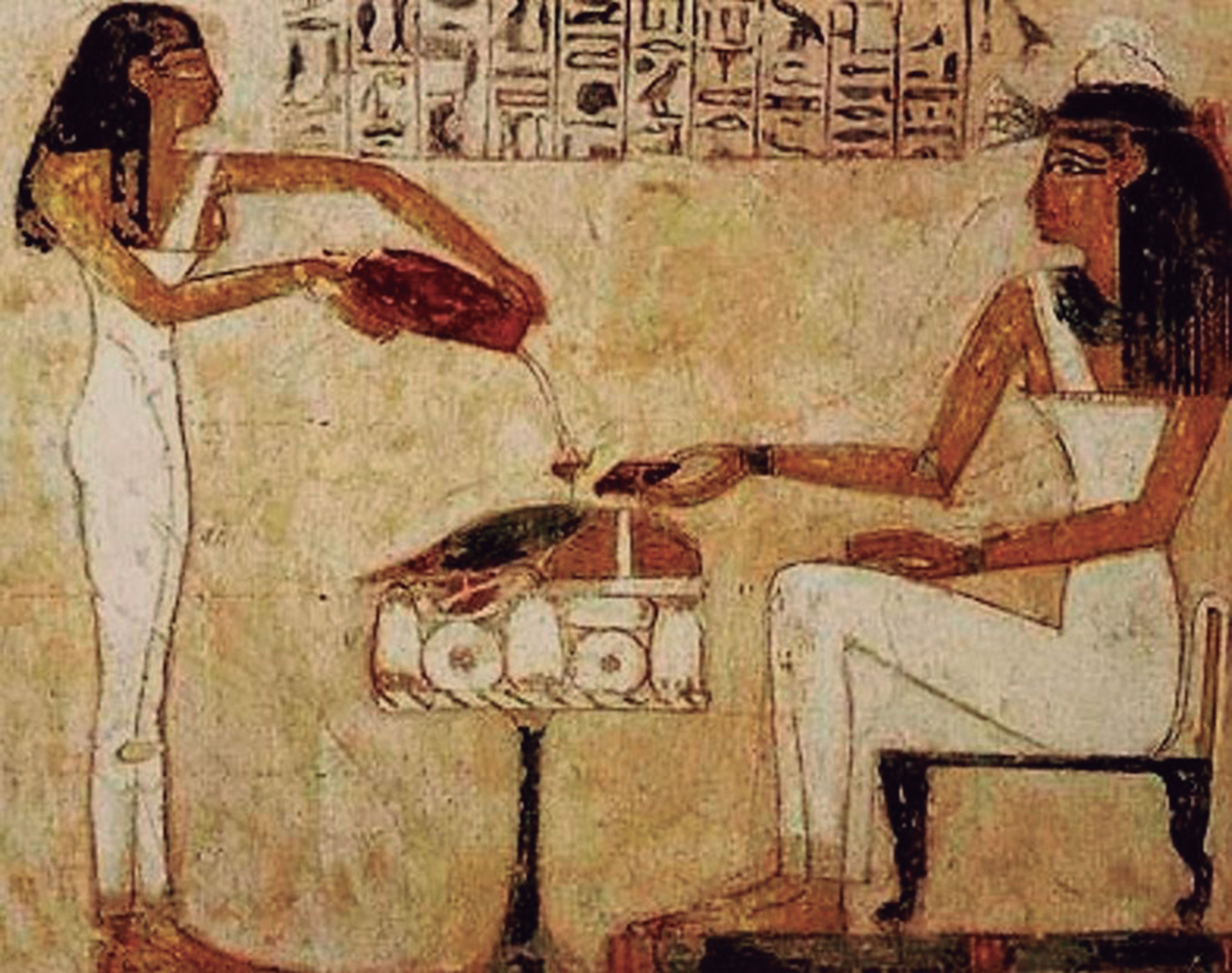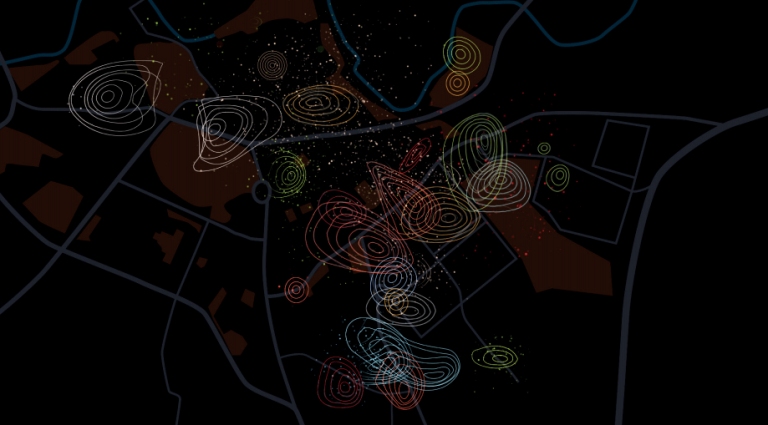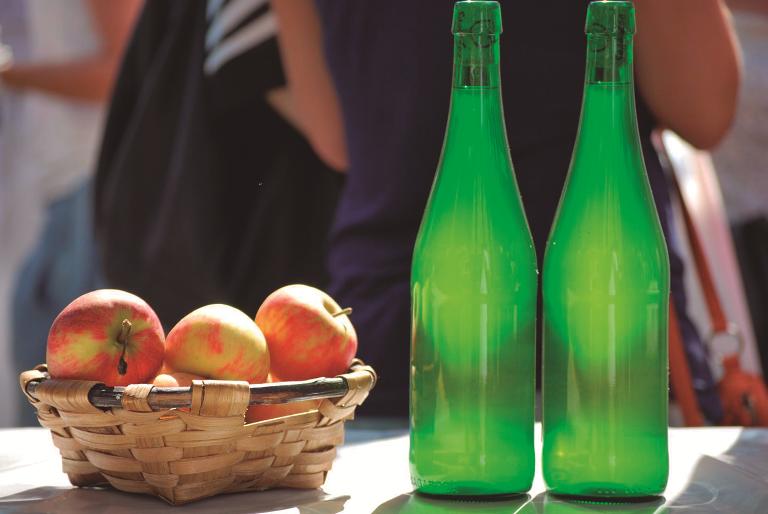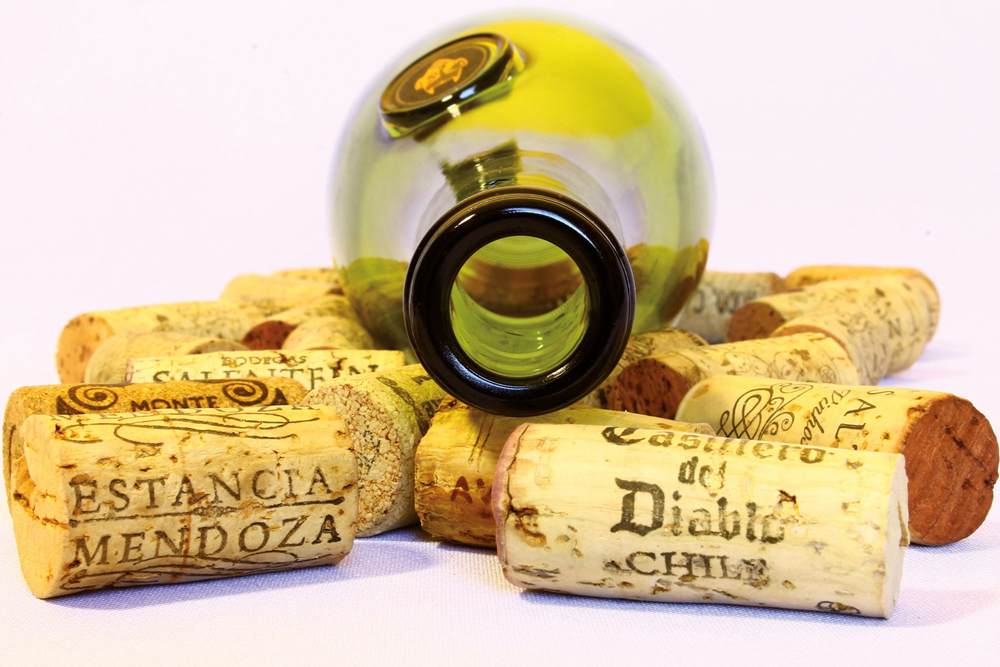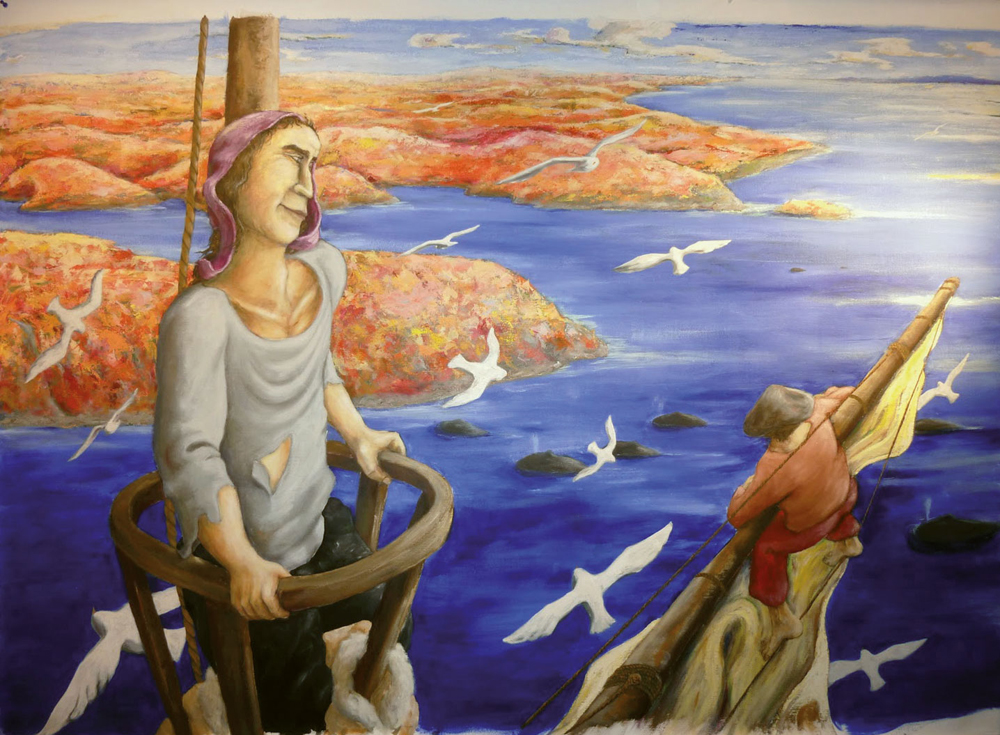Night

At night or bat. If you like the bat, the kiropterophilia has made you live. Quiet, you're not the only one, you look like a lot of plants, that's the luxury! Instead of the flat leaves that I brought to him from the cube, like Marcgravia evenia, which has parabolic ones, there are many plants that live in auzolan with bats.
Plants and bats have evolved each other. Usually the task of the bat is to transport the pollen from the flower of one plant to that of another plant. And his pollen, even something else. And yours to something else. Non-stop. By plant nectar. According to some scientists, this collaboration between bats and plants occurs mainly in areas where biodiversity is scarce. In the neotropic that links Central America, the Caribbean and South America, there are more than 500 known plants that house a bat in bondage. It is a terrible struggle! Everybody wants to have a bat. In her flower; her slave. When a given plant and a bat evolve in the same yoke, over the years and generations, their flowers are especially for this bat.
All plants use similar tactics when designing flowers to assimilate this mammalian flywheel: large and easy to see, white, streaks or yellow, which open at dusk or dusk, with an acre odor or odor and which are impregnated with a delicious nectar. The smell of the eyelid, parabolic leaves that facilitate ultrasonic location for the ear antenna, vision visibility and spongy sweet juice are essential to attract the attention of the bat. Odors or bad smells are based on ingredients that often contain sulphide, such as rotting eggs or summers or black water or ciders made from graduated apples. The next and decisive one is nectar. These flowers produce a lot of nectar to match pollination work with sweetness and consistency. Take and give. Cooperation in return.
The day exceeds the night with the spring equinox. This year it happened on 20 March, at 22:59 hours, opening the door of the spring. The Eki prefix means the same thing. Until then the night had been longer. The day and night were twelve hours. Since then, the day is extended... [+]
Time has been on our line for a long time, but the climate is relatively recent. There is no need to clarify too much what climate change is. Explaining what the landscape is is a redder necessity. Conferences, round tables or international conferences on climate change are... [+]
It's time to pick up the fruits and get them on the way to the lagar. Pear (Pyrus communis), apple (Malus x domestica), grape (Vitis vinifera)... It seems a short and quick road, but you have to work a lot of rodeos and their variants until the fruit becomes must and must become... [+]
In the Basque Country, agriculture is the history of permanent colonization. Like everywhere. Before, the land was not cultivated; before, the harvest was not sown; you enjoyed what was not eaten before. They had brought it all from elsewhere. Many of these stories have been... [+]
Returning to the wines that are made with the crops, the left madreselva (Humulus lupulus) is conservative and bitter tasting aggregator. The union of crops and madreselvas produces many dirty jets, especially in beer countries. A friend has just explained to me the stories of... [+]
In our house we met him with the name of madreselva (Humulus lupulus). In fact, we have worked hard and sinister on the banks of the river in our country, coinciding with the expansion of beer. We've learned that it's also called lobster, beer, beer, wart and grass on the left... [+]
Spring has brought the issue to my nose. C. worked at various research centers in New York. Bushdid, M. Oh! Magnasco, L.B. Vosshall and A. An article published by scientists Keller in March 2014 in the prestigious “Science Magazine” produced a great stir. The title says it... [+]
The curious interannual days end, those who eat and drink from the emanations of the earth. I'll eat from the best to the best. Supposedly. Heavy champagne and cava bottles are easy to dance. Even though they are of all kinds today, they were once the cider of the other barrel... [+]











